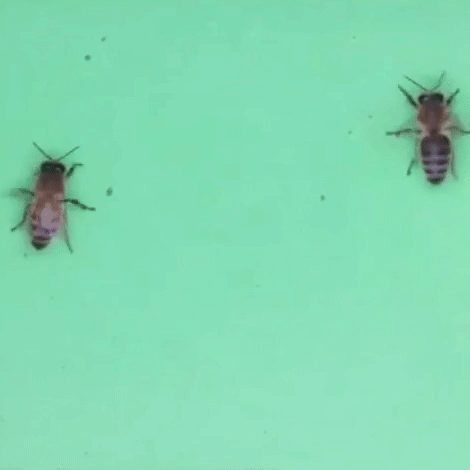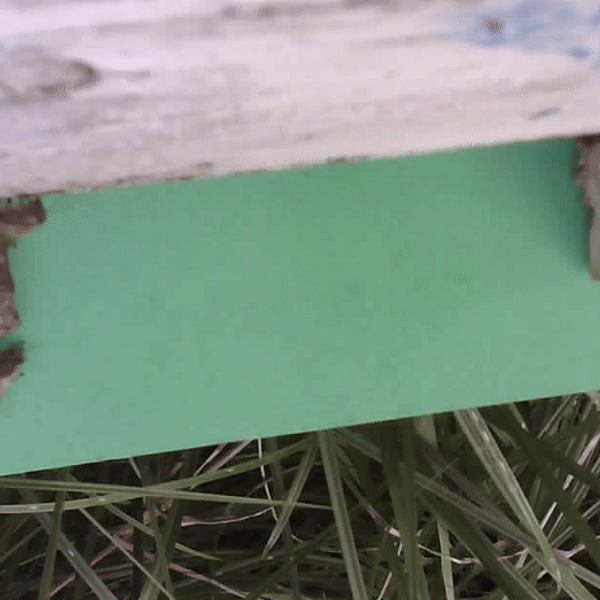Hive Guard is a real-time beekeeping monitor. It collects data, analyzes it, stores it, and presents it. It offers live video, environmental data, object detection, and more, making beekeeping modern and efficient.
This is part of the Hive Guard system, you can find a general overview here
This Node.js project sets up an HTTP server with the following endpoints, as well as a UDP server that listens for broadcast messages on a specified port to facilitate connections from streamers. Additionally, it connects to a MongoDB database where it inserts temperature, humidity data, and detection results.
The frontend then reads this database to generate graphs and visualizations. The images received are analyzed using a neural network algorithm developed by Fabián Hickert as part of his beeAlarmed project.
- POST /api/config
- Description: Configure thresholds and email settings.
- Request Body:
{ "TEMP_MIN_THRESHOLD": 20, "TEMP_MAX_THRESHOLD": 60, "HUM_THRESHOLD": 80, "EMAIL_USER": "test", "EMAIL_PASS": "test", "EMAIL_RECIPIENT": "test" } - Headers:
Content-Type: application/json
- GET /api/alerts
- Description: Retrieve alerts.
- No request body or headers required.
- GET /api/healthcheck
- Description: Check server health.
- No request body or headers required.
The production version is intended to be used within a local network to connect with streamers. Please refer to the streamers' documentation for more details.
To start the project, use:
docker-compose upTo connect with the frontend, navigate to: [http://localhost:8000/client]
Here, you will be able to view images emitted by the streamers. To view the public URL, which is a tunnel created by ngrok, you need to create an account on ngrok and enter your auth token in the .env file and ngrok.yaml. Enter the public URL in the provided field on the deployed version page (URL). If this does not work, you can start the local version of the frontend as explained in this documentation.
You can also use mock versions to test the system without connecting streamers. We have developed logic to simulate the sending of images and temperature and humidity data from the ESP32 and DHT11 modules connected to a beehive.
To do this, place one of the available videos in the specified path and use ffmpeg to send each frame of the video as if they were recorded and streamed by a streamer.
We have two videos available:
-
One filmed by Fabián Hickert as part of his beeAlarmed project. Full videos here

-
Another filmed by Jorge Seniw, our beekeeper contact, using an ESP32CAM. Full video here

The video filmed by Jorge Seniw is more realistic in this context, because the whole system is ESP32CAM based. You can also test your own videos recorded with an ESP32CAM or another device. We used this software by jameszah to record images into an SD card.
Run the mock version by running:
docker-compose -f docker-compose.mock.yml upYou can also run a local version, which does not run in a docker network by running:
npm install
npm run start-allOr if this doesn't work for you (check the troubleshooting section first), you can try running:
npm install
npm run start
npm run start-streamer1
npm run start-streamer2The neural network used to analyze the images for identifying incoming and outgoing bees, bees with varroa, bees with pollen, etc., was developed by Fabián Hickert using his images. We still need to test the accuracy of the predictions on our images and determine if any adjustments to the model are necessary.
There is a version that sends battery in this branch. Check here for more insight

